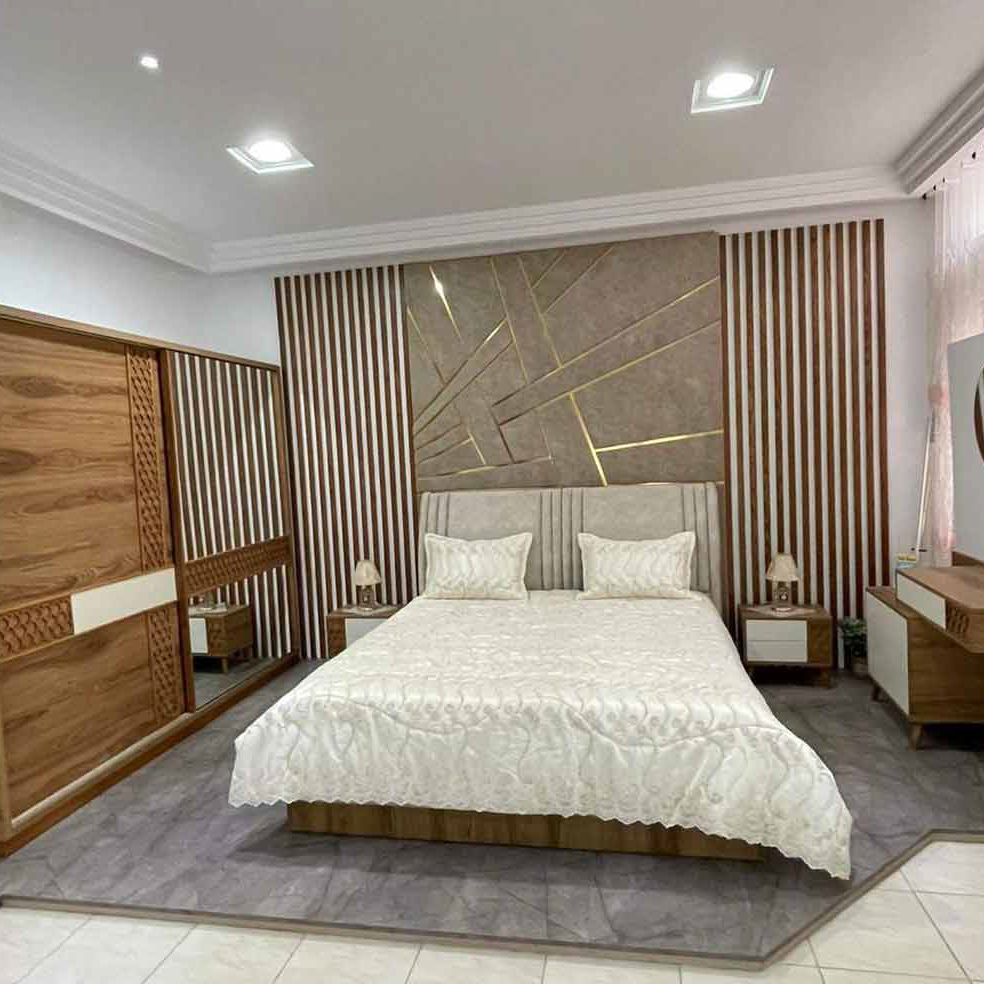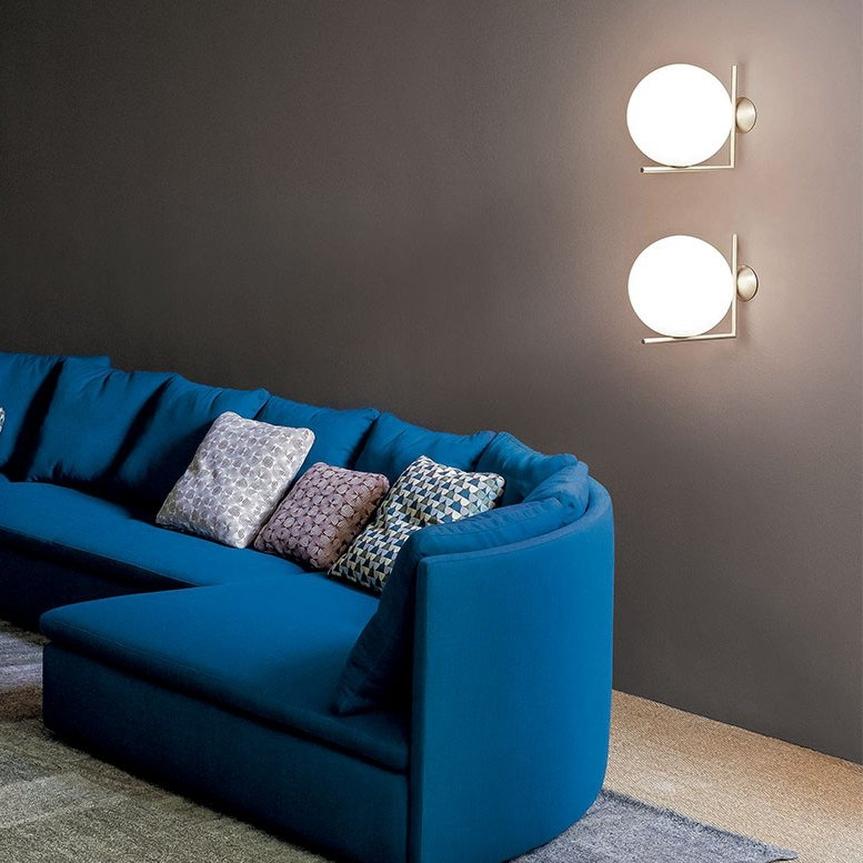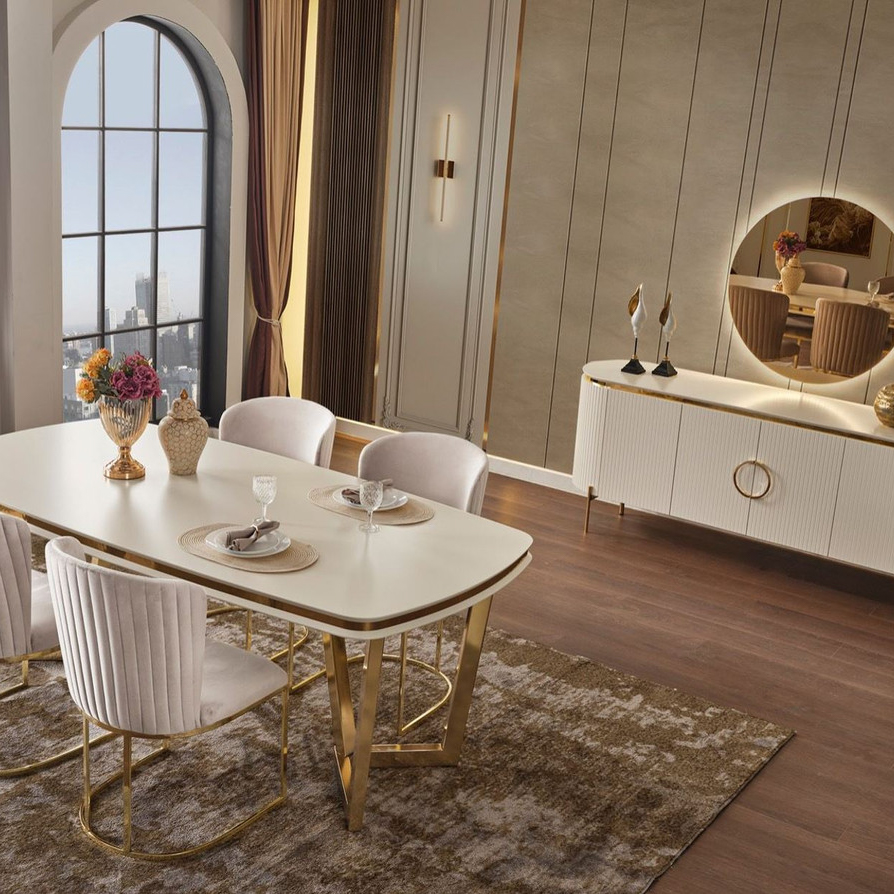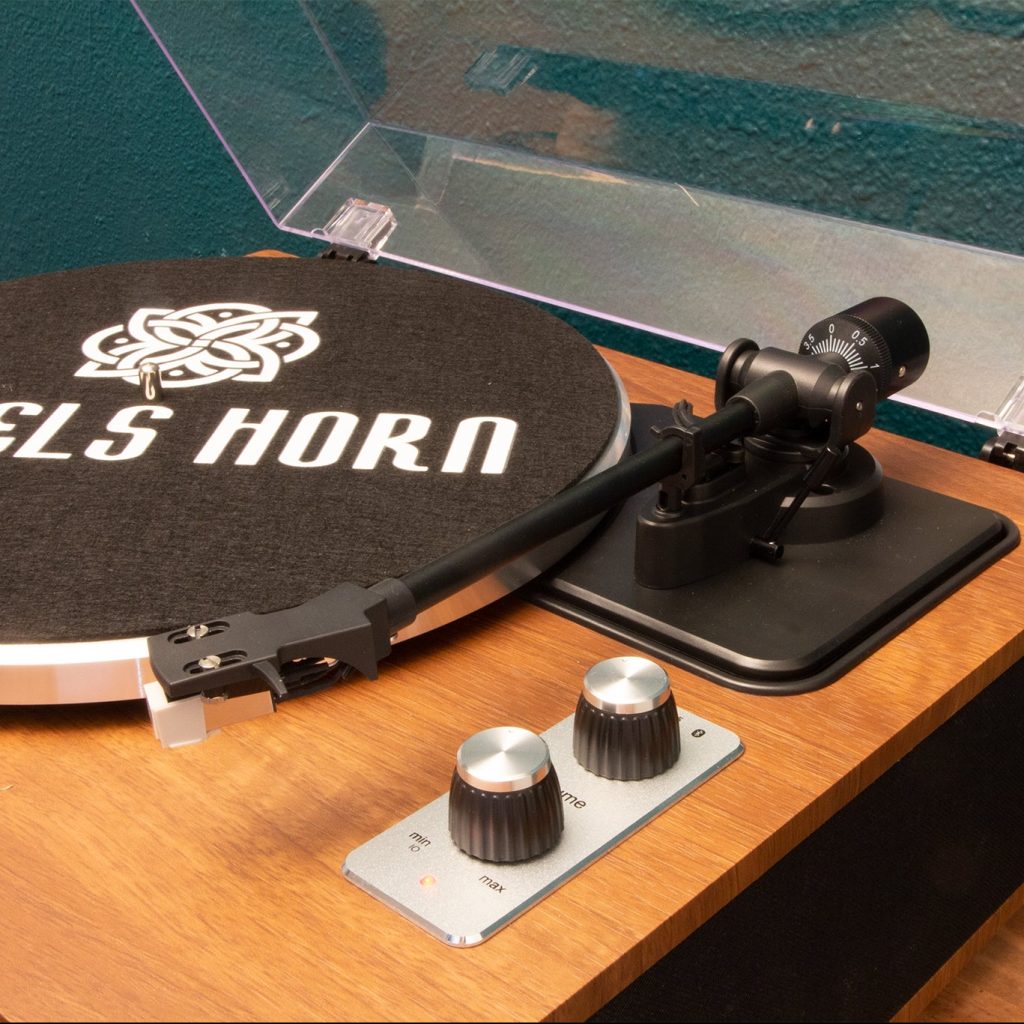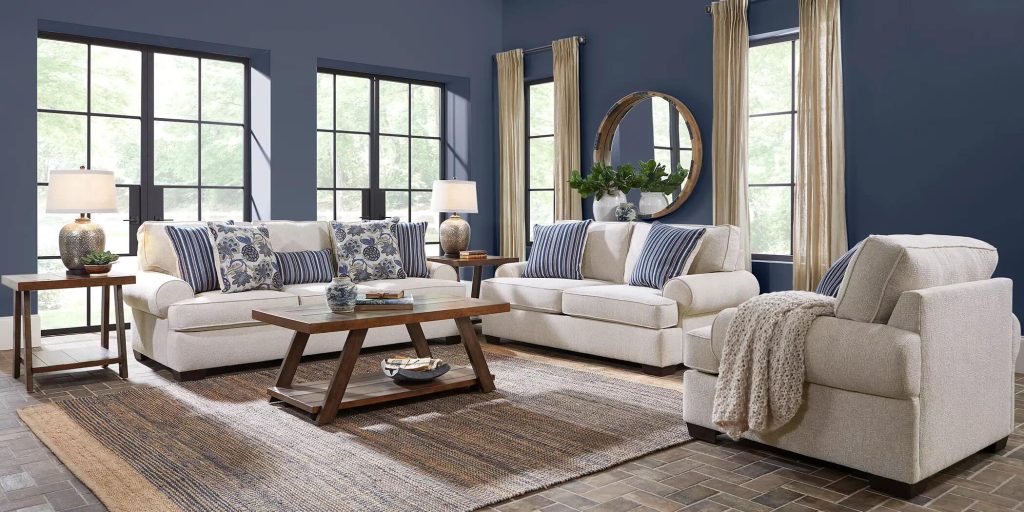Lighting plays a crucial role in interior design, as it has the power to transform a space and create a desired atmosphere. It not only illuminates a room but also enhances its aesthetic appeal. Understanding the basics of interior lighting is essential for creating a well-lit and inviting home environment.
There are three main types of lighting: ambient, task, and accent. Ambient lighting provides overall illumination to a room and is usually the primary source of light. It can be achieved through ceiling fixtures, chandeliers, or recessed lighting. Task lighting, on the other hand, is focused on specific areas where activities such as reading or cooking take place. This type of lighting can be achieved through table lamps, desk lamps, or under-cabinet lighting. Lastly, accent lighting is used to highlight specific objects or architectural features in a room. This can be achieved through track lighting, wall sconces, or picture lights.
Another important aspect of interior lighting Forofan is understanding color temperature and brightness. Color temperature refers to the warmth or coolness of light, measured in Kelvin (K). Warm light has a lower color temperature (around 2700K) and creates a cozy and intimate atmosphere, while cool light has a higher color temperature (around 5000K) and creates a bright and energizing environment. Brightness, measured in lumens (lm), determines how much light is emitted from a source. It is important to consider both color temperature and brightness when choosing lighting fixtures for different rooms in your home.
Choosing the Right Lighting Fixtures for Every Room
When choosing lighting fixtures for your home, there are several factors to consider. Firstly, you need to match the fixtures to the size and purpose of each room. For example, larger rooms may require multiple sources of ambient lighting to ensure even illumination throughout the space. Smaller rooms may benefit from a combination of ambient and task lighting to create a functional and well-lit environment.
Popular lighting fixtures for different rooms include:
– Living Room: Chandeliers, floor lamps, table lamps, and wall sconces are popular choices for the living room. These fixtures provide both ambient and task lighting, allowing you to create a cozy and inviting atmosphere.
– Kitchen: Recessed lighting, pendant lights, and under-cabinet lighting are commonly used in kitchens. These fixtures provide bright and focused illumination for cooking and food preparation.
– Bedroom: Table lamps, wall sconces, and pendant lights are popular choices for the bedroom. These fixtures provide a soft and relaxing ambiance, perfect for winding down at the end of the day.
– Bathroom: Vanity lights, recessed lighting, and wall sconces are commonly used in bathrooms. These fixtures provide bright and even illumination for grooming tasks.
Layering Your Lighting: Creating Ambience and Atmosphere
Layering your lighting is an important technique in interior design as it allows you to create different moods and atmospheres in a room. By combining different types of lighting fixtures, you can achieve a well-balanced and visually appealing space.
To layer lighting effectively, start by considering the function of the room. For example, in the living room, you may want to combine ambient lighting with task lighting for reading or accent lighting to highlight artwork or architectural features. In the bedroom, you may want to combine ambient lighting with task lighting for getting ready in the morning or accent lighting to create a romantic ambiance.
Tips for creating a cozy and inviting atmosphere include:
– Use dimmers: Installing dimmer switches allows you to adjust the brightness of your lights according to your needs. This can help create a more intimate and relaxed atmosphere.
– Use warm-colored bulbs: Opt for bulbs with a lower color temperature (around 2700K) to create a warm and cozy ambiance.
– Use indirect lighting: Instead of relying solely on overhead lighting, incorporate floor lamps or table lamps to create a softer and more diffused light.
The Importance of Natural Light: Maximizing Sunlight in Your Home
Natural light not only provides a sense of openness and spaciousness but also offers numerous health benefits. It has been proven to improve mood, increase productivity, and regulate sleep patterns. Maximizing natural light in your home is therefore essential for creating a healthy and well-lit environment.
There are several ways to maximize natural light in your home. Firstly, ensure that your windows are clean and free from obstructions such as curtains or blinds. This will allow maximum sunlight to enter your space. If privacy is a concern, consider using sheer curtains or blinds that can be easily adjusted to let in light while still maintaining privacy.
Another way to enhance natural light is by using reflective surfaces such as mirrors or glass. Placing mirrors strategically across from windows can help bounce natural light around the room, making it appear brighter and more spacious. Similarly, using glass partitions or doors can allow natural light to flow freely between rooms.
Energy-Efficient Lighting: Saving Money and Reducing Your Carbon Footprint
Energy-efficient lighting not only helps save money on electricity bills but also reduces your carbon footprint. By choosing energy-efficient lighting fixtures, you can contribute to a more sustainable and environmentally friendly home.
There are several types of energy-efficient lighting available on the market. LED (Light Emitting Diode) bulbs are one of the most popular choices as they consume less energy and have a longer lifespan compared to traditional incandescent bulbs. CFL (Compact Fluorescent Lamp) bulbs are another energy-efficient option that provides bright and efficient lighting.
When choosing energy-efficient lighting fixtures, look for the ENERGY STAR label. This certification ensures that the product meets strict energy efficiency guidelines set by the U.S. Environmental Protection Agency (EPA). Additionally, consider the color temperature and brightness of the bulbs to ensure they meet your desired lighting needs.
Statement Lighting: Making a Bold Design Statement with Your Fixtures

Statement lighting fixtures can add a touch of drama and personality to any room. They serve as a focal point and make a bold design statement. Incorporating statement lighting into your home can elevate the overall aesthetic and create a visually stunning space.
There are various types of statement lighting fixtures to choose from. Chandeliers are a classic choice that can add elegance and grandeur to a room. Pendant lights are another popular option that can be used to create a modern and stylish look. Wall sconces, floor lamps, and table lamps with unique designs or materials can also serve as statement pieces.
When incorporating statement lighting into your home, consider the scale and proportion of the fixture in relation to the room. A large chandelier may overpower a small dining room, while a small pendant light may get lost in a large living room. Additionally, consider the style and theme of your space to ensure that the statement lighting fixture complements the overall design.
Creative Lighting Ideas: Unconventional Ways to Light Up Your Home
In addition to traditional lighting fixtures, there are numerous creative and unconventional ways to light up your home. These unique lighting ideas can add a touch of creativity and personality to your space.
One idea is to use string lights or fairy lights to create a whimsical and magical ambiance. These lights can be draped across walls, wrapped around furniture, or hung from the ceiling to create a soft and enchanting glow.
Another creative lighting idea is to use LED strips or tape lights to highlight architectural features or create an accent wall. These lights can be installed behind shelves, under cabinets, or along staircases to add a modern and contemporary touch.
DIY lighting projects are also a fun and creative way to personalize your space. You can repurpose old objects such as mason jars, wine bottles, or vintage cameras into unique lighting fixtures. There are numerous online tutorials and resources available to guide you through the process.
Lighting for Small Spaces: Illuminating Tiny Rooms with Style
Lighting small spaces can be challenging, as it is important to maximize illumination without overwhelming the room. Choosing the right lighting fixtures and techniques can help illuminate tiny rooms with style.
When choosing lighting fixtures for small rooms, consider the scale and proportion of the fixture in relation to the space. Opt for smaller fixtures that do not overpower the room. Additionally, choose fixtures that provide both ambient and task lighting to ensure functionality and versatility.
To make the most of limited space, consider using wall-mounted or recessed lighting fixtures. These fixtures take up minimal space and provide a sleek and streamlined look. Additionally, using mirrors strategically can help reflect light and create an illusion of a larger space.
Maintenance and Care: Keeping Your Lighting Fixtures in Top Condition
Maintaining your lighting fixtures is essential for their longevity and optimal performance. Regular cleaning and care can help keep your fixtures in top condition and ensure that they continue to provide adequate illumination.
Different types of lighting fixtures require different cleaning methods. For example, glass or crystal chandeliers may require delicate cleaning using a soft cloth or mild detergent. Metal fixtures can be cleaned with a damp cloth or metal cleaner. It is important to follow the manufacturer’s instructions for cleaning and care to avoid damaging the fixture.
In addition to regular cleaning, it is important to know when to replace lighting fixtures. Over time, bulbs may become dim or flicker, indicating that they need to be replaced. Additionally, if a fixture becomes damaged or outdated, it may be time to consider replacing it with a new one.
Bringing Your Home to Life with the Right Lighting
In conclusion, lighting plays a crucial role in interior design and has the power to transform a space. By understanding the basics of interior lighting, choosing the right fixtures for each room, layering lighting, maximizing natural light, opting for energy-efficient options, incorporating statement lighting, exploring creative ideas, illuminating small spaces, and maintaining fixtures, you can create a well-lit and inviting home environment. With the right lighting, you can bring your home to life and create a space that is both functional and aesthetically pleasing.



